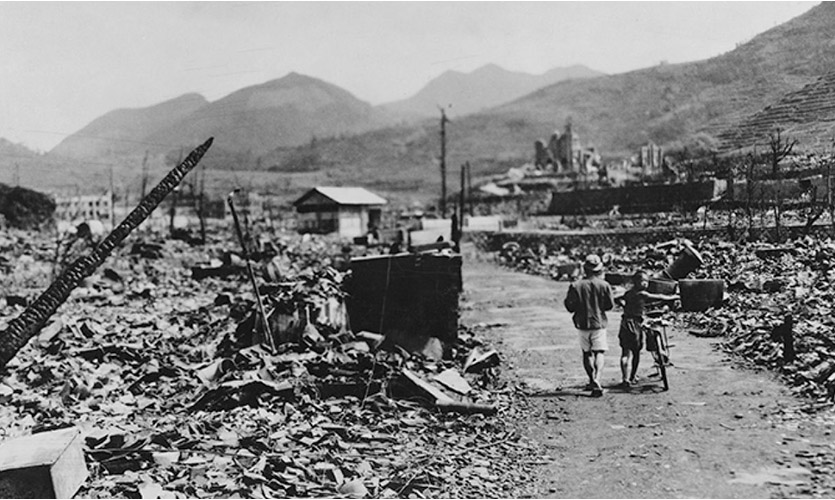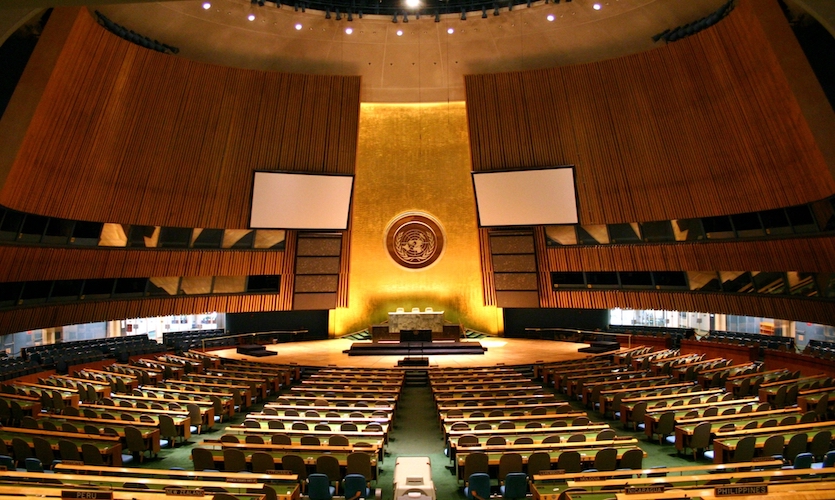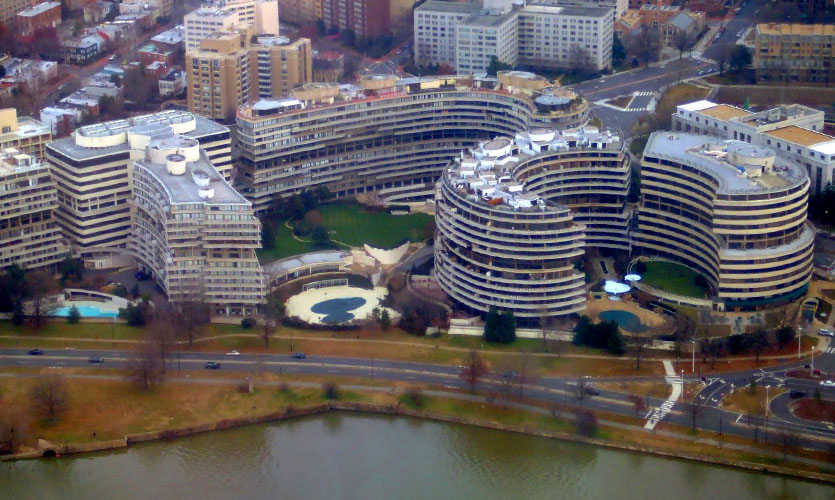The atomic bombing of Japanese cities Hiroshima and Nagasaki, during World War II, marks the ugliest chapter in the war history of humankind. On August 9, 1945, exactly three days after the US dropped an atomic bomb on Hiroshima, a second atomic bomb was dropped on Nagasaki, located on the northwestern coast of Japan. The 4.5 tonne plutonium bomb, named ‘Fat Man’, exploded exactly at 11:02 am in the morning.

The Bombing
On this day, in 1945, at precisely 3:47 am in the morning, a B-29 aircraft nicknamed ‘Bock’s car’ took off from the island of Tinian, and headed towards the initial target, the Kokura arsenal, which was a huge collection of war industries near the city of Kokura. Although the weather over the target was previously determined to be clear, by the time the aircraft reached the target, it was covered in smoke and haze. With Kokura no longer an option, and with only a limited amount of fuel left to land safely, the aircraft hurriedly went over its secondary target, the city of Nagasaki. The plutonium bomb exploded exactly almost instantaneously, killing humans and animals, and blazing flammable objects within close vicinity of the target.

The Aftermath
It was later estimated that the total amount of energy produced by the explosion was 21 kilo tonnes, which was around 40 percent higher than the explosion at Hiroshima. A raid on the city on August 1, 1945, had led to a partial evacuation, specifically school students. However, there were still 200,000 residents present in the city at the time of the explosion. Out of a total of 52,000 houses in the city, 14,000 were instantly destroyed, while another 5,400 houses suffered serious damage. Availability to fire services was delayed due to the disruption of water lines. The explosion killed an estimated 40,000 people, with the death increasing later on due to severe injuries and exposure to radiation.

It may have been a very long time since the ghastly event took place, but the country and its peoplel carry the horrors of the bombing till date. Each year, both the days of the bombing mark a national holiday in Japan, where people pay their tributes to the victims.











